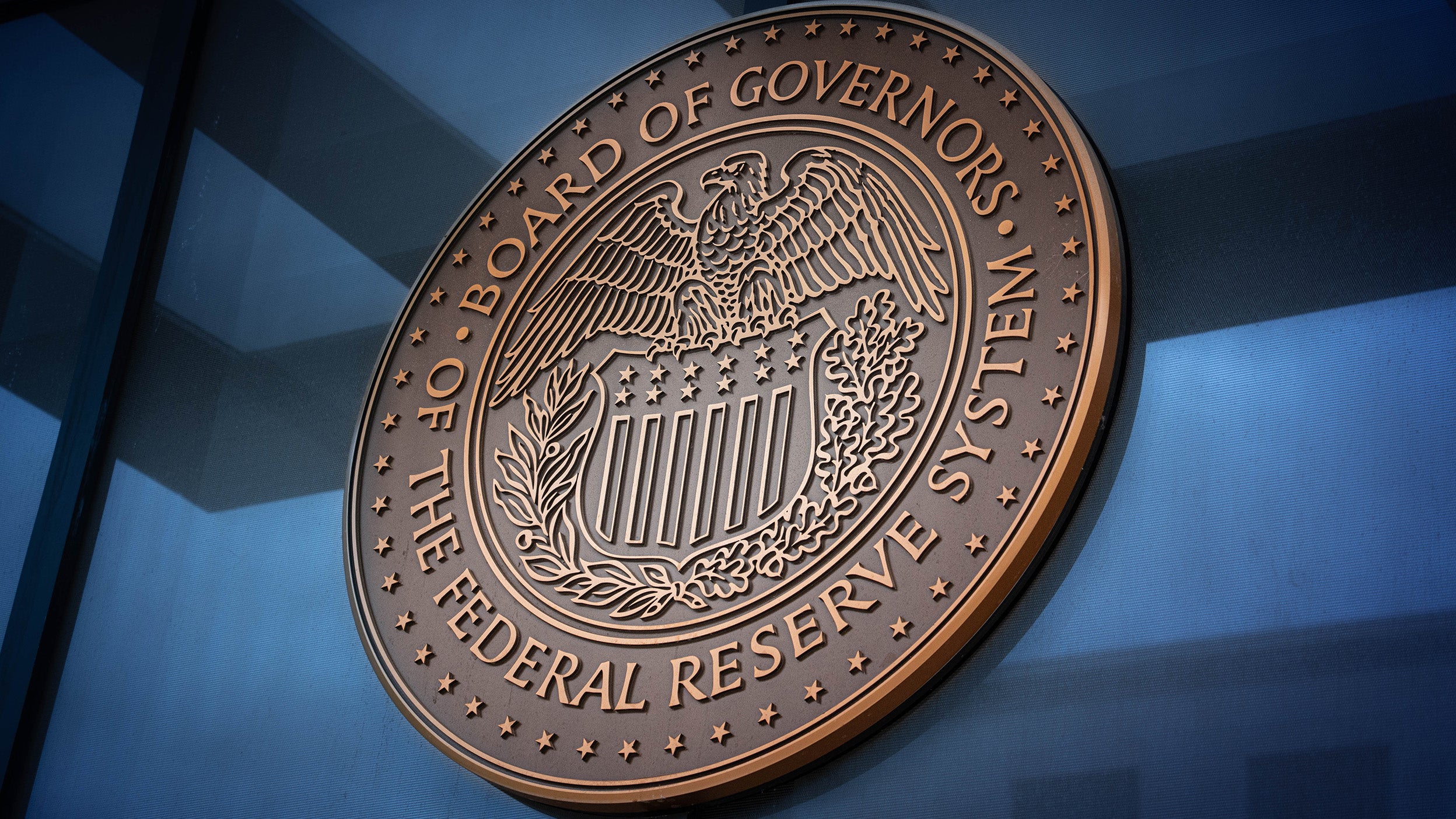
Markets and Economy Above the Noise: Rethinking 2025 narratives
In 2025, clear storylines on the Federal Reserve, AI stocks, and rates captivated us. But the numbers don’t always match the narratives.

The US struck trade deals with the Philippines, Indonesia, Japan, and the European Union (EU) with terms that were largely better than expected.
Second-quarter earnings season is underway, and the signs are generally supportive of the equity market’s resilience.
Investors have begun to look past tariff uncertainty and appear to be pricing an optimistic outcome for the second half.
If you had closed your eyes at the start of the year and opened them today, you might be surprised to learn just how much has transpired. On the surface, it would look like smooth sailing. The S&P 500 and Nasdaq have climbed 9% and 9.5% year to date, while European and emerging markets have posted similar or stronger gains.1 That suggests a calm that belies the underlying noise.
Markets have found reassurance in several developments. For one, the worst fears that manifested around trade in early April haven’t materialized, and key trade agreements are being signed. Tariff rates remain vastly elevated compared to last year,2 but they appear manageable. In our view, it’s likely that the cost can be shared between businesses and consumers without a meaningful impact on growth or inflation. Markets also appear willing to take positively any degree of certainty in the new trading relationships.
US economic data continues to hold up, with little signs of a sharp downturn or recessionary conditions looming. For example, US jobless claims slowed last week, allaying concerns of a weakening US labor market.3 Meanwhile, corporate earnings remain resilient. The financial sector kicked off earnings season with better-than-expected results,4 and the technology sector has been following suit with solid growth,5 helping to sustain investor optimism.
The US struck trade deals with the Philippines, Indonesia, Japan, and the EU. The terms of the deals were largely better than feared, with tariff rates on the Asia-Pacific countries either lowered or maintained relative to what was initially announced on Liberation Day.6 Most are above the 10% baseline suggested on April 2; 15% appears to be the new baseline.
Since the EU and Japan deals are similar, they may serve as a bellwether for other large trade partners, such as South Korea, and Brazil, as they race to secure deals ahead of the Aug. 1 tariff deadline.
Investors around the world have begun to look past tariff-related uncertainty and appear to be pricing an optimistic outcome for the second half of this year.
In a widely expected move, the European Central Bank (ECB) decided to keep interest rates unchanged last week after cutting rates in four consecutive meetings. The policy hold comes after recent data has shown euro area inflation is currently at the central bank’s 2% target.11 Recent growth data including Purchasing Managers’ Indexes have shown some improvement,12 and greater fiscal spending in Germany means the ECB could remain in wait-and-see mode for a few meetings.
Highlighting that, ECB President Christine Lagarde said in the press conference the ECB is “in a good place now to hold and to watch how these risks develop over the course of the next few months.” She didn’t rule out the possibility of a hike being the next move. For now, European monetary policy appears to be in a good place.
After becoming the first sitting president to visit the Federal Reserve (Fed) in nearly 20 years, President Trump indicted that he did not intend to fire Fed Chairman Jerome Powell, reducing the growing concerns around Fed independence. Fear had been mounting in recent weeks following reports that Trump was considering the unprecedented move of replacing Powell prior to the end of his term in May 2026. One legal avenue possibly being explored for “for cause” removal was cost overruns at the Fed’s headquarters in Washington D.C., which is currently being renovated. Following Trump’s tour of the site last Thursday, however, when asked if cost overruns alone were enough to warrant firing Powell, the President said, “I don’t want to put that in this category” and stated that “I just don’t think it’s necessary” to remove the Fed Chairman. President Trump also reiterated his view that “interest rates have to come down.”13 He may get that wish as the market currently expects the Fed will resume lowering rates later this year. Resilient growth, better employment data in recent weeks, and inflation above trend, however, may mean cuts are far from a foregone conclusion.14 The Federal Open Market Committee (FOMC) will meet on Wednesday. We don’t, and nor does the market, expect any change to policy rates.
Call us crazy, but what we think should really matter for stocks in the medium and long-term is earnings. Second-quarter earnings season is now well underway, and the signs are generally supportive of the resilience we’re seeing in stock markets. Trade and currency movements, however, are having an impact at the stock level.
In the US, S&P 500 companies that have reported second-quarter earnings so far are pointing to year-on-year earnings growth of a solid 9.2%.15 Nearly 90% of companies that have reported have delivered better-than-expected earnings growth according to data from Barclays.16
Second-quarter earnings per share growth for the Stoxx 600 Index is running at 6.4% year-on-year,17 compared to the consensus expectation of 2% at the start of earnings season. European earnings would likely be even stronger were it not for the strength in the euro in the first quarter, a theme that was cited by many European companies. Contrary to what might have been expected, European export-oriented companies have been seeing better headline earnings growth compared to more domestically oriented companies. The increase in US imports18 earlier this year as companies sought to get ahead of the tariffs might be an explanation for that trend.
Date |
Region |
Economic release |
Why it’s important |
|---|---|---|---|
July 29 |
US |
S&P/CS Composite-20 HPI (home price index) year-over-year |
Key housing price index |
|
US |
The Conference Board Consumer Confidence Index |
Leading indicator of consumer sentiment |
|
US |
Job Openings and Labor Turnover Survey (JOLTS) job openings |
Measures labor demand |
|
Eurozone |
Spanish flash Consumer Price Index (year-over-year) |
Early inflation signal |
July 30 |
Eurozone |
German Preliminary Consumer Price Index (month-over-month) |
Preliminary inflation data |
July 31 |
US |
Initial jobless claims |
Weekly labor market indicator |
|
US |
Employment Cost Index (ECI) |
Wage inflation measure |
US |
Pending Home Sales Index |
Indicator of housing market activity |
|
Aug. 1 |
US |
Non-farm payrolls |
Major employment report |

In 2025, clear storylines on the Federal Reserve, AI stocks, and rates captivated us. But the numbers don’t always match the narratives.

For investors looking to diversify their mega-cap technology exposure, improving growth and falling interest rates may be good reasons.

A rate cut, which markets are pricing in despite Fed member differences, and an expected improving economy in 2026, could support stocks.
Important information
NA4695959
Image: Oleh_Slobodeniuk / Getty
All investing involves risk, including the risk of loss.
Past performance does not guarantee future results.
Investments cannot be made directly in an index.
This does not constitute a recommendation of any investment strategy or product for a particular investor. Investors should consult a financial professional before making any investment decisions.
The Dow Jones Industrial Average is a price-weighted index of the 30 largest, most widely held stocks traded on the New York Stock Exchange.
Earnings per share (EPS) refers to a company’s total earnings divided by the number of outstanding shares.
The Federal Open Market Committee (FOMC) is a committee of the Federal Reserve Board that meets regularly to set monetary policy, including the interest rates that are charged to banks.
The FTSE 100 Index includes the 100 largest companies in terms of capitalization listed on the London Stock Exchange.
Inflation is the rate at which the general price level for goods and services is increasing.
Many products and services offered in technology-related industries are subject to rapid obsolescence, which may lower the value of the issuers.
The MSCI Europe Index captures large- and mid-cap representation across a universe of developed market countries in Europe.
The MSCI Emerging Markets Index (USD), represents the performance of large and mid-cap stocks across 24 emerging market countries, all denominated in US dollars.
The Nasdaq Composite Index is the market-capitalization-weighted index of approximately 3,000 common equities listed on the Nasdaq stock exchange.
The Nikkei 225 Index is a price-weighted average of 225 top-rated Japanese companies listed in the first section of the Tokyo Stock Exchange.
A policy rate is the rate used by central banks to implement or signal their monetary policy stance.
The profitability of businesses in the financial services sector depends on the availability and cost of money and may fluctuate significantly in response to changes in government regulation, interest rates and general economic conditions. These businesses often operate with substantial financial leverage.
Purchasing Managers’ Indexes (PMI) are based on monthly surveys of companies worldwide and gauge business conditions within the manufacturing and services sectors.
The risks of investing in securities of foreign issuers, including emerging market issuers, can include fluctuations in foreign currencies, political and economic instability, and foreign taxation issues.
The S&P 500® Index is an unmanaged index considered representative of the US stock market.
The STOXX® Europe 600 Index represents large-, mid-, and small-capitalization companies across 17 countries of the European region.
In general, stock values fluctuate, sometimes widely, in response to activities specific to the company as well as general market, economic and political conditions.
The Tokyo Stock Price Index (Topix) is a free-float-adjusted market-capitalization-weighted index measuring the performance of large-cap stocks listed on the Tokyo Stock Exchange.
The opinions referenced above are those of the author as of July 25, 2025. These comments should not be construed as recommendations, but as an illustration of broader themes. Forward-looking statements are not guarantees of future results. They involve risks, uncertainties and assumptions; there can be no assurance that actual results will not differ materially from expectations.
This link takes you to a site not affiliated with Invesco. The site is for informational purposes only. Invesco does not guarantee nor take any responsibility for any of the content.